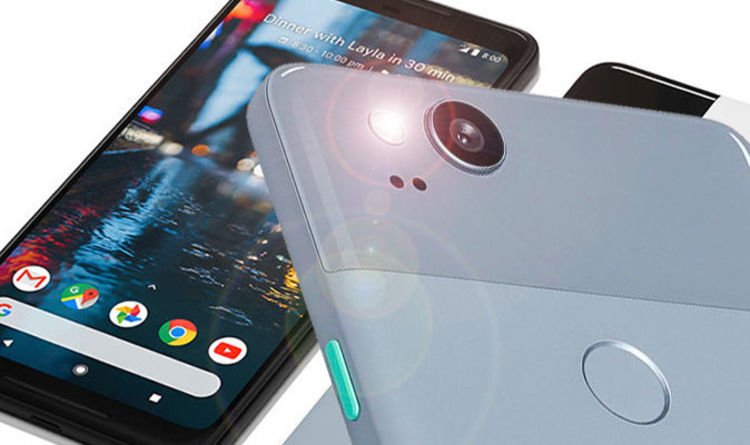Imagine a world where small electronic devices silently guard your data, ensuring that sensitive information remains safe from prying eyes. This isn’t science fiction it’s the reality we’re living in, thanks to advancements in microelectronic security measures. These tiny but mighty devices are transforming the way we protect our information, making them an essential part of business operations and personal security.
The Importance of Microelectronic Security Measures
Our growing reliance on digital technology means that security has become more critical than ever. Microelectronic security measures provide a sophisticated way to protect data without overwhelming systems with bulky hardware. These measures include tiny chips and sensors embedded in various devices to secure information, authenticate users, and prevent unauthorized access.
Common Microelectronic Security Devices and Their Applications
Microelectronic security measures come in many forms, each suited to different applications across industries:
- Smart Chips: Often found in credit cards and passports, smart chips ensure that only authorized users can access the information stored within. They encrypt data, making it unreadable to anyone without the correct credentials.
- RFID Tags: These small, wireless tags are used in inventory management, access control systems, and more. They allow companies to track assets and manage information securely and efficiently.
- Biometric Sensors: Think fingerprint scanners or facial recognition technology. These sensors use unique biological traits to verify identity and grant access to secure areas or devices.
These devices are not just limited to individual use; they’re also vital in larger systems like healthcare, banking, and retail. By incorporating microelectronic security measures, these industries can protect sensitive data while maintaining efficient operations.
Impact on Business Operations and Data Protection
For businesses, implementing microelectronic security measures means enhanced data protection and streamlined operations. With these technologies in place, businesses can:
- Reduce Fraud: By ensuring that only authorized users can access sensitive data, businesses can significantly reduce instances of fraud and unauthorized transactions.
- Improve Customer Trust: When customers know their data is secure, they’re more likely to trust a company with their personal and financial information.
- Enhance Compliance: Many industries must adhere to strict data protection regulations. Microelectronic security measures help businesses meet these requirements by safeguarding information.
Recent Advancements in Microelectronic Security Technology
Technology never stands still, and microelectronic security measures are no exception. Recent advancements have made these devices even more effective at protecting information:
- Quantum Cryptography: This cutting-edge technology uses the principles of quantum mechanics to create unbreakable encryption keys. It’s still in its early stages but promises to revolutionize data security.
- Wearable Security Devices: Devices like smartwatches and fitness trackers are now being equipped with microelectronic security measures. These wearables can authenticate users and protect data on the go.
- AI-Powered Security: Artificial intelligence is being integrated into microelectronic devices to detect and respond to threats in real-time, providing an additional layer of protection.
Implementing Microelectronic Security Measures in Your Business
For businesses looking to enhance their security, implementing microelectronic security measures is a crucial step. Here’s how to get started:
- Assess Your Needs: Determine which areas of your business require additional security measures. This could be anything from securing customer data to protecting physical assets.
- Research Solutions: Explore different microelectronic security devices and technologies that can meet your specific needs. Consider factors like cost, ease of integration, and scalability.
- Partner with Experts: Work with security professionals who can help you implement these technologies effectively. They can provide valuable insights and ensure you’re getting the most out of your investment.
- Educate Your Team: Ensure that everyone in your organization understands the importance of security and how to use microelectronic devices properly.
Future Trends in Microelectronic Security Measures
The future of microelectronic security measures is bright, with several exciting trends on the horizon:
- Integration with IoT: As the Internet of Things (IoT) continues to grow, microelectronic security measures will become increasingly important in protecting interconnected devices.
- Enhanced Biometric Security: Expect to see more advanced biometric sensors that offer even greater accuracy and security.
- Greater Accessibility: With the costs of microelectronic devices decreasing, more businesses will be able to adopt these technologies, improving overall security across various sectors.
In conclusion, navigating the new age of microelectronic security measures is essential for businesses and individuals alike. By understanding the importance of these technologies and staying informed about new developments, you can ensure that your data remains protected in an increasingly digital world. If you’re ready to enhance your security measures, now is the time to explore the possibilities that microelectronics have to offer.







